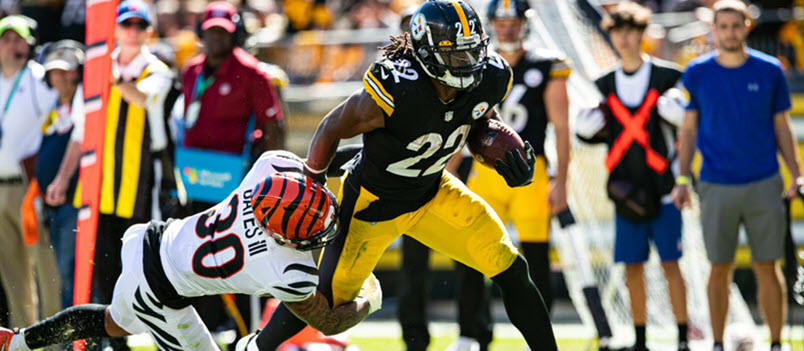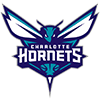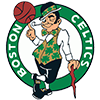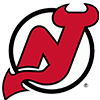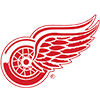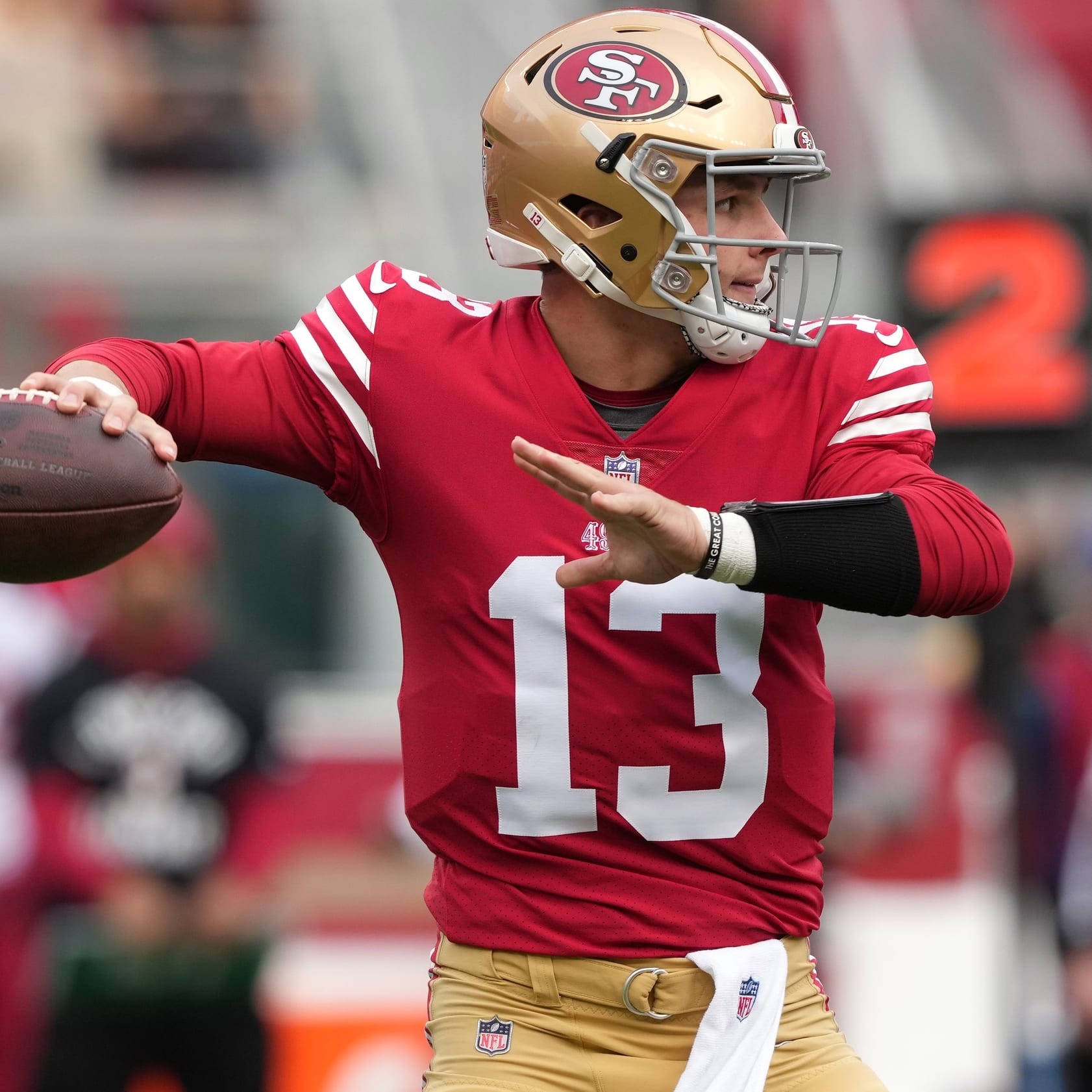It's not often that a 19th century surgeon becomes the center of the sports world but that precisely what happened this past week. Two athletes, the NBA's Chet Holmgren and NFL running back Najee Harris, suffered Lisfranc sprains, an injury named for the French surgeon Jacques Lisfranc de St. Martin.
The Lisfranc joint is the second of the five tarsometatarsal joints of the midfoot. These joints are located where the long bones of the foot articulate with the tarsal bones with the Lisfranc joint, acting as a keystone. The joint is fortified by a ligament complex that is also named after the doctor. Like most ligaments, the Lisfranc ligament can be sprained, and, in some extreme cases, dislocate or a small piece of bone can tear away, creating an avulsion fracture.
Holmgren's injury, suffered during a recent Pro-Am, was a significant ligament tear that will require surgery and effectively end his rookie season in the NBA. The injury is relatively rare in professional basketball but much more common in the NFL. Former NFL running backs Darren McFadden and Maurice Jones-Drew both missed substantial time with Lisfranc injuries, and Jaguars back Travis Etienne missed all of last season after suffering a Lisfranc injury in preseason.
Fortunately, Harris' injury, sustained four weeks ago in practice, was much less severe, and the second-year back did not require surgical intervention. Harris was able to play in Sunday's preseason finale, rushing for 10 yards on four carries, but I'm still elevating his
It's not often that a 19th century surgeon becomes the center of the sports world but that precisely what happened this past week. Two athletes, the NBA's Chet Holmgren and NFL running back Najee Harris, suffered Lisfranc sprains, an injury named for the French surgeon Jacques Lisfranc de St. Martin.
The Lisfranc joint is the second of the five tarsometatarsal joints of the midfoot. These joints are located where the long bones of the foot articulate with the tarsal bones with the Lisfranc joint, acting as a keystone. The joint is fortified by a ligament complex that is also named after the doctor. Like most ligaments, the Lisfranc ligament can be sprained, and, in some extreme cases, dislocate or a small piece of bone can tear away, creating an avulsion fracture.
Holmgren's injury, suffered during a recent Pro-Am, was a significant ligament tear that will require surgery and effectively end his rookie season in the NBA. The injury is relatively rare in professional basketball but much more common in the NFL. Former NFL running backs Darren McFadden and Maurice Jones-Drew both missed substantial time with Lisfranc injuries, and Jaguars back Travis Etienne missed all of last season after suffering a Lisfranc injury in preseason.
Fortunately, Harris' injury, sustained four weeks ago in practice, was much less severe, and the second-year back did not require surgical intervention. Harris was able to play in Sunday's preseason finale, rushing for 10 yards on four carries, but I'm still elevating his associated injury risk for now. Lisfranc injuries can be tricky to manage, especially for running backs, as the Lisfranc joint is crucial in stabilizing the arch of the foot and transferring stress across the foot. Furthermore, Harris does have a history of foot issues, having missed time in 2018 as a sophomore at Alabama.
JuJu Smith-Schuster and Marquez Valdes-Scantling
The Chiefs will look to replace Tyreek Hill's production with a committee of receivers rather than one primary wideout. Unfortunately, the two athletes expected to sit atop the receiver depth chart each picked up injuries in preseason action.
Smith-Schuster suffered a knee injury in Kansas City's first preseason game and has not practiced since. The team has only referred to the injury as knee soreness. Unfortunately, the term soreness is more of a description of an associated symptom and not a true diagnosis. While the Chiefs remain tight-lipped on specifics, head coach Andy Reid did state he believes Smith-Schuster has turned a corner in recovery and should be available for Week 1. I would feel more confident about Smith-Schuster's status if we knew more about the injury, but for now, I'll settle on a return to the practice field.
The injury sustained by Valdes-Scantling is more straightforward, as the former Packers receiver is in the league's mandated concussion protocol. The protocol has been in place for more than a decade now and has evolved since its inception. The return to play protocol has become a fixture of fantasy football but's let do an annual review.
A concussion occurs when trauma to the head results in a sudden disruption of basic neurological functions including things like vision, hearing, balance or memory. The length and number of symptoms experienced by the individual often varies depending on the player. This variance in symptoms can make identifying and understanding concussions difficult. Additionally those with a history of concussions often need more time to recover, as the effects of multiple concussions is cumulative.
Once a concussion has been diagnosed and the athlete is classified as a "no-go," he is placed in the five-step return to play protocol. Once the symptoms have subsided the injured athlete can resume light activity as long as his symptoms do not return with exertion. He is then progressively allowed to do more aerobic exercise, football-specific exercises and non-contact training drills. If all goes well, an independent neurologist will examine the athlete and provide clearance if applicable. This process is fluid and remains dependent on the athlete remaining symptom free.
Valdes-Scantling should have adequate time to complete the necessary steps to play in Week 1 against the Cardinals. However, recovery following concussions remains volatile, and his availability is far from guaranteed.
The longest-tenured Cowboy is slated to miss a majority of the season after suffering an avulsion injury to his left hamstring. The injury occurred as Smith attempted a block in practice, and resulted in the muscle tearing away a small piece of bone from the back of the knee. Surgery was needed to repair the problem, and he is expected to miss multiple months.
The injury puts the Dallas offensive line in further flux. The team lost Connor Williams and La'el Collins in the offseason, and top draft pick Tyler Smith is nursing an ankle injury. Rookie Matt Waletzko just returned from a shoulder injury and is another in-house candidate to fill the vacancy left by Smith's injury. The injury also hurts the depth along the line, and it wouldn't be surprising to see Dallas acquire an additional lineman or two prior to Week 1.
The uncertainty across the line will have a trickle-down effect on all the Cowboys skill players. Dak Prescott, Ezekiel Elliott, CeeDee Lamb and even Tony Pollard could be negatively impacted by the downgrade. Injuries have limited his effectiveness over the past two seasons, but Smith remains an eight-time Pro Bowler who allowed just two sacks last season.
Turf Burns
Sam Darnold: Darnold is expected to miss multiple weeks recovering from a high ankle sprain. The team is considering placing Darnold on the short-term injured reserve as they seek additional medical opinions. Carolina had already chosen Baker Mayfield as their starting quarterback prior to Darnold's injury but now P.J. Walker will move into the backup role.
Rashaad Penny: The Seahawks running back did not play in Seattle's preseason finale against the Cowboys after testing positive for COVID-19. Fortunately, Penny's symptoms are reportedly mild, and he should be fine in time for Week 1. Penny will be the feature back in Seattle with teammate Kenneth Walker still recovering from hernia surgery.
Deebo Samuel: The 49ers receiver has a minor knee contusion, though it sounds like it's more muscular in nature and not a bone contusion. The injury is being described as a bruise behind his knee, suggesting the posterior aspect of the knee joint is involved. Both the tendons of the hamstring and calf muscle complexes sit here, and either muscle could be involved. The team is downplaying the severity and admitted they are handling him conservatively. Consider him day-to-day for now.


